Modern music is a creative playground, and anyone who wants to make their own beats only needs to get the proper gear to get started. The barrier to entry regarding beat-making is very low in the modern world, and beat-making can be an excellent creative outlet for any musician – regardless of skill level.
To make beats, collect the gear and software that you need. A good computer, a DAW, and some good samples are essential. A MIDI controller will also be useful. Construct your beat by starting with an idea. Lay down a rhythm, add layers, write a melody, create a hook, and listen to your music critically as you go.
Beatmaking is fun and exciting, but getting started can be challenging. The trick is to learn what goes into making good beats, acquire the gear you need, and start.
Let’s learn the best ways to make beats, what you need for beat-making, and how to tell if your beats are good.
What You Need To Make Beats
Before we go through the steps of making beats and learning how good beats are made, we must first learn about the gear that all beat-makers need and what you need to start making beats.
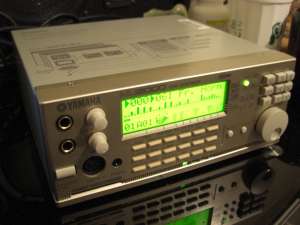
The gear you use determines how you make beats, what beats are available to you, what sub-genres you can create, and how easily and effectively you can make beats. Gear is critical, but it is not the most important aspect of beat-making.
The first thing you will need to make beats is a reliable computer. You need a computer capable of handling heavy processing loads to create engaging, multi-layered beats with high-quality programs.

A good computer is required to run the next thing you need: a DAW. The abbreviation DAW stands for Digital Audio Workstation, which is the program you will use to make, produce, process, and master your beats.
There are several DAWs on the market, and almost all of them are ideal for making beats, but some are better than others. High-end DAWs are the best option, and certain DAWs (such as FL Studio and Ableton Live) are designed for making electronic music.
Next, you will need a sample library. Beats are always made with samples. You can buy them, download them, or record your own if you have the equipment.

You can also create your own samples with digital tone generation software, but the best beats always use well-crafted or well-recorded samples, which means it may be better to acquire ready-made beat libraries when you are just starting out.
These are the basic fundamentals of what is required to make beats, but there are some optional items that can make the process easier and more organic.
A MIDI controller (such as a MIDI keyboard or MIDI pads) is an excellent tool for making beats, as are good studio headphones, studio monitors, a large screen for better timeline visualization and control, and some really good plugins and effects for your DAW.

With this gear and software, you are ready to create world-class beats.
Is Making Beats Hard?
An important question that all new beat-makers ask is if making beats is hard. The process can feel daunting for anyone new to this activity and can feel very challenging.
The reality is that the most challenging part of learning to make beats is understanding the software used in the process. Once you have a good grasp of how to use your DAW, plugins, and samples, as well as the hardware that you use for creating beats, then the only limitation is your creativity.
Making beats is not difficult when you know how to use the software and hardware you have chosen, but it can be challenging to think of fresh, new ideas and get inspired to make new beats.

The technical aspects of making beats only require practice, but the creative and musical elements of making beats are the real challenge. You must be musical on some level to make good beats.
It takes time, effort, and skill to make good beats. If you are unwilling to put in the hours, you will not produce anything substantial.
Making beats can be challenging, and it is difficult to learn how to do it in the beginning. However, the more your practice, the better you will understand your gear, and the more musical you will become. This makes it easier to create beats as the process becomes natural.
When you break through these barriers, you will find that you will begin producing exceptional beats of very high quality and substance.
How To Make Beats
Now that we have learned what you need to make beats and that making beats only requires talent and time, let’s begin the process of learning how to make your own beats.
Making beats is a process of using samples in layers and timing to create music. A producer or beat-maker must be able to visualize the music they want to create and place the samples that they choose in the right locations within a musical timeline to make good beats.
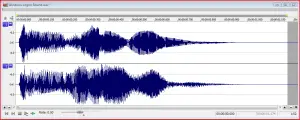
There are several critical elements that make up a good beat, including good samples, good rhythm, good melodies, good hooks, good dynamics, and well-crafted song structures.
A lot goes into making fresh beats, so let’s take a closer look at each important element to help you get the process started the right way
Beats Start With An Idea
Every good track starts with a good idea. Before beginning the beat-making process, try to imagine or visualize what you want your beat to sound like. Try to think of a rhythm, a specific sound or sample that you like, or a melody.
Begin making the beat by bringing that element of the song to life. If you start your beat with a good idea, the rest of the piece will flow easily, and the beat will feel easy and fun to make.
The best beats start this way, and it is a skill that you develop can learn to perfect
Choose Your Starting Instrument Or Sound
Once you have your best idea or concept, begin by choosing a sample that matches what you imagine.
Choose a good sample to form a foundation for your beat. It is a good idea to begin with a rhythm of some kind. Drum beats, bass lines, or solid, consistent strikes can be a great starting point for any beat.
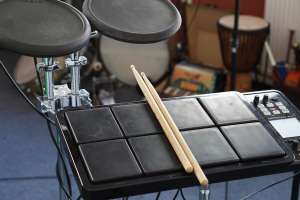
Choose a big, rich sound that inspires rhythm, and you are on your way to creating a new, fresh beat. Drum sounds and bass sounds are a good place to start, as are deep synth tones.
Rhythm is an important foundation for making beats. Begin creating the beat you imagine from the ground up using a good sound and using it to develop an aesthetic rhythm.
Find A Rhythm
Once you have your chosen sound or sample, find a rhythm.
Finding a rhythm can be done by playing your sample with a MIDI controller until you find a rhythm that you like or a rhythm that matches the sound you have in your head.
You can also program a rhythm on a timeline using your sample. Try to imagine a good rhythm, tap a rhythm on your desk, hum a rhythm, or whistle to find a rhythm, and apply that timing to your timeline using your chosen sample.
Once you have a basic rhythm laid out, decide on the tempo of the beat in your DAW. Choose a tempo to fit the song into, and base the rest of the process on that tempo. This helps keep your beats in time and consistent throughout.
Add Layers And Loops
Now that you have your rhythm laid out and you are beginning to feel inspired, it is time to begin adding layers.
No sample is enough on its own, so find other samples or manipulate the pitch and timbre of the sample you are using to create layers over your rhythm.
Good layers on a rhythm can begin to sound like a melody, and this forms the backbone of a good track.
Take your time with this process, and add layers sparingly.
Find the sweet spot of tones and rhythm, and you will have found the perfect foundation for your beat.
Add Instruments And Samples
Next, add some instruments and other samples to your beat. Now is the time to begin writing and thinking about a melody and other song structure elements, including drops, builds, and hooks.
Find some sweet-sounding samples within your library, and begin adding them in layers to your existing track. Think about timing, beat placement, and how the different sonic elements of the track can work together.
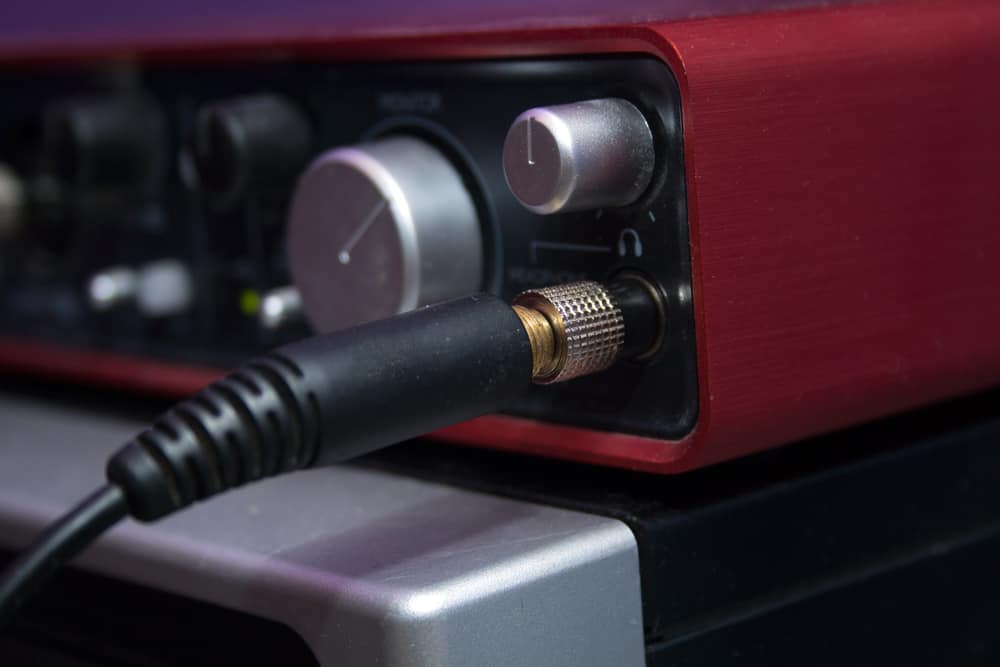
Always keep your original song vision in mind when creating beats in this way.
Think about what the track sounds like, and try to make it sound as solid and interesting as possible without becoming too complex too quickly.
Create A Melody
Now that the bones of your piece are laid down, it is time to come up with a melody.
Choose an exciting sample from your library that sounds like it can be used for a melody. Listen back to your piece, and try humming or singing a melody that goes along with it.
The melody should not be played throughout the track, but it should be used to fill critical spaces within the beat.
Start the melody after the first build-up in the beat structure, and continue it until you find a good ending place for it later in the track.
A melody should be simple but catchy. It should be something that anyone can sing along to and something that will become easily stuck in your head.
Write A Hook
Once your foundational beats, song structure, form, and melody are going, it is time to think of a hook.
A hook is an element within a track that makes the listener stop and pay attention. This becomes the most memorable part of the track and becomes the main exciting element.
Without a good hook, no beat will be remembered.
Wiring a hook is as simple as finding a good place in the track for something catchy. It could be a drop that leads to a big return of rhythm, it could be a catchy melody activated at the precise right moment in the piece, or it could even be a simple strip-down of the layers to reveal that the baseline harmonizes with the melody.
A hook can be anything, but it has to be good.
Listen To The Music
Now is a good point to listen to the music that you have made thus far. Stop, listen carefully, and listen all the way through.
Leave the room, come back, and listen with fresh ears. Listen with your speakers, and listen with your headphones. It is time to begin listening with a critical ear.
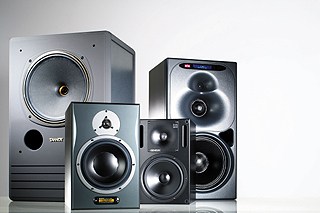
When you listen to your music in this way, you will quickly find issues that need to be resolved, incomplete sections, and areas of the beat that need to be improved.
This type of listening will drastically improve your song, and it is critical for all beat-makers to learn to listen to their music with a critical ear.
Add Layers
After you have listened to your track carefully, begin building it up in some more layers until it feels more complete,
Patch in any holes that you find, correct any issues, and build up the song into something substantial.
Adding layers here should be subtle and gentle. Think of this step not as adding big chunks to the song but rather as adding small, minute details to a painting that make it come to life.
This is when your beat begins to sound really good.
Make Final Tweaks
At this point, your beat is mostly done. The only thing left to do is to perform final tweaks to the piece to make it something truly unique and special.

Take the time to listen to the song carefully again, and tweak the things that you want to change.
Make the final adjustments, equalizations, and masterings, and your beat track will be complete.
Conclusion
Making beats is a different process for everyone. No two beat-makers are the same, and no one has the same approach to the process. Take your time when learning to make beats, and spend the time to get good at it.
Your beats become good when you become confident in your abilities. Take the time to practice, and learn your gear and software, and you will be producing good beats sooner than you know it
You can learn where to sell your beats here.
